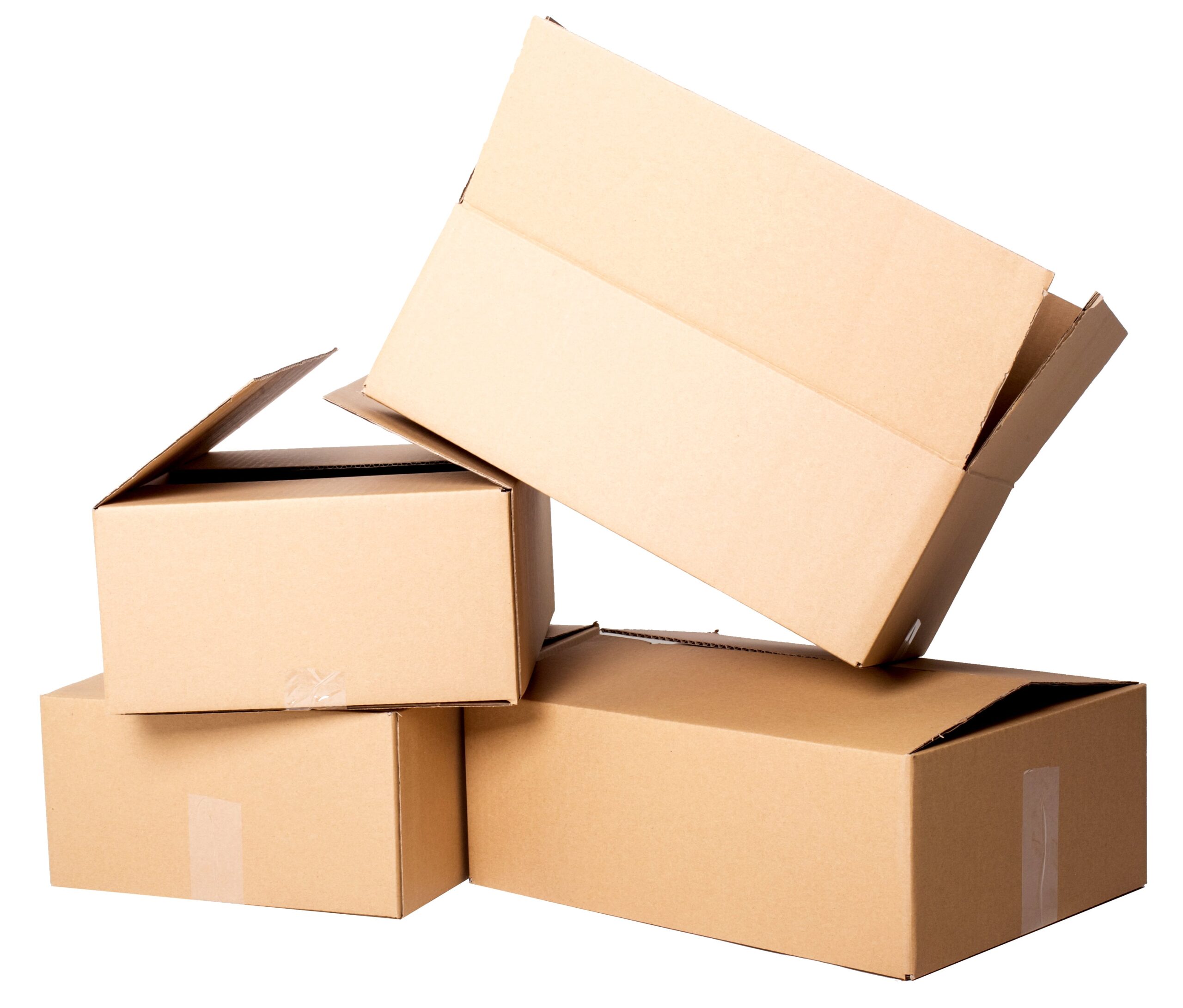
Heavy-Duty Cardboard Packaging And Its Benefits
Heavy-Duty Cardboard Packaging Determining which packing boxes to utilize during a transfer can be time-consuming, particularly if you need experience with the procedure. It can
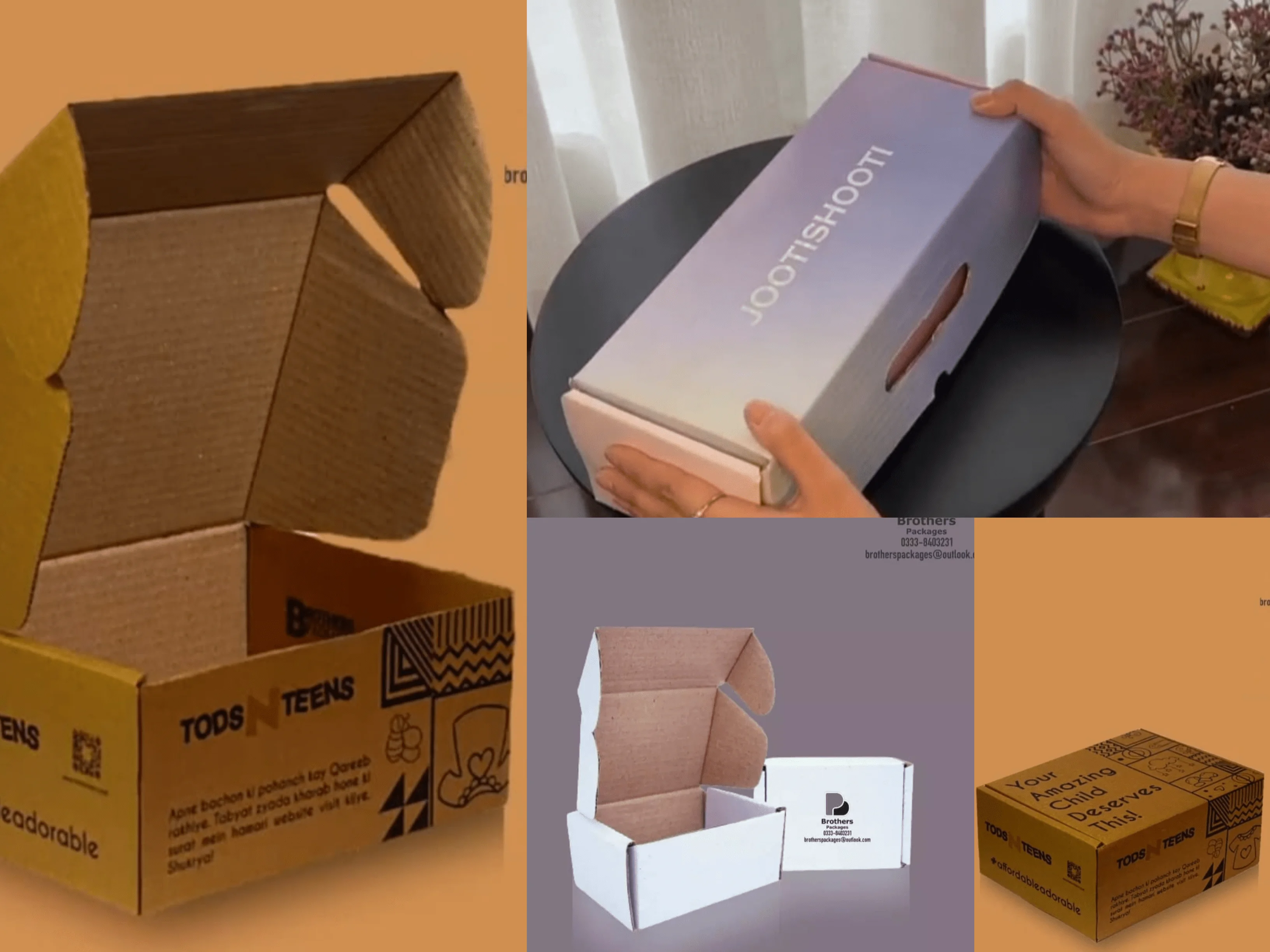
The simple shoebox has changed a lot; it used to be a useful item, but now it’s a place for creativity and innovation. In this blog post, we’ll talk about the interesting history, present trends, sustainability, and possible future uses of shoebox design.
The original shoe box designs were simple, made only to keep shoes safe while being transported. Their functional values were reflected in their simplicity and functionality.
The Industrial Revolution’s impact
The Industrial Revolution brought forth several noteworthy advances to shoebox design. Packaging branding got its start when businesses started printing their logos on crafted boxes made possible by mass manufacturers.
Functional Features
Contemporary shoeboxes are designed to improve user experience in addition to providing shoe protection. Common features include sections for shoe care supplies and easy-to-open lids.
Emotional Development
Shoebox design has evolved into an art form with its elaborate patterns, vivid colours, and distinctive shapes. Packaging is a medium for brands to tell stories and establish an emotional connection with customers.
Marketing and Branding
se of its instantly recognisable designs that help build the company’s character, the shoebox has become a powerful branding tool. Customers frequently mistakenly believe that a product’s quality is determined by its packaging.
Eco-Friendly Materials
Shoebox designs are moving towards eco-friendly materials like recycled cardboard and biodegradable polymers in response to environmental concerns. In the sector, sustainability is a major priority.
Minimalist Technique
Certain brands use simplistic designs, focusing on simplicity and cutting down on packaging waste. In terms of environmentally friendly shoe packaging, less really is more.
Reusing and Recycling
Nowadays, shoeboxes are made with recycling in mind, encouraging customers to discard them or find new uses for them. As a result, packaging has a smaller environmental impact.
Concise Packaging
In the future, technology-enabled smart shoeboxes may be available. These boxes could have RFID tracking tags, temperature control to keep shoes fresh, and even interactive features to make using them more fun.
Customisation
Customisable shoebox designs are gaining popularity as firms try to meet the tastes of their customers. Customers and products have a stronger bond as a result.
As demonstrated, the development of shoebox design has been an amazing journey reflecting advances in branding, technology, and sustainability. The shoebox has seen continuous change from its modest origins to its current position in influencing consumer attitudes. Visit Brother Packages for eco-friendly initiatives and smart packaging of footwear.

Heavy-Duty Cardboard Packaging Determining which packing boxes to utilize during a transfer can be time-consuming, particularly if you need experience with the procedure. It can
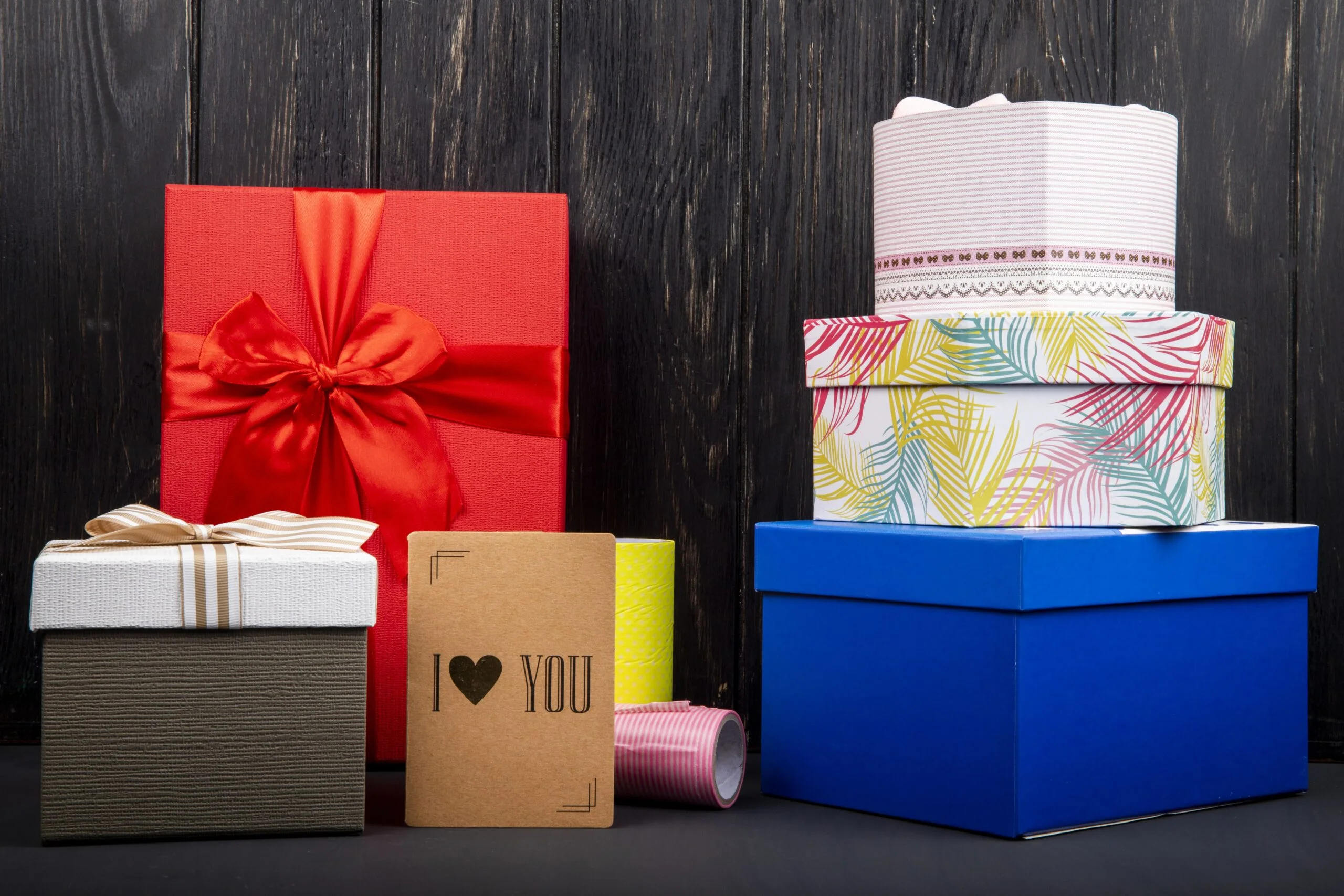
Unlock the Benefits of Custom Printed Boxes Custom printed boxes are an excellent way to make your product stand out from the competition and create
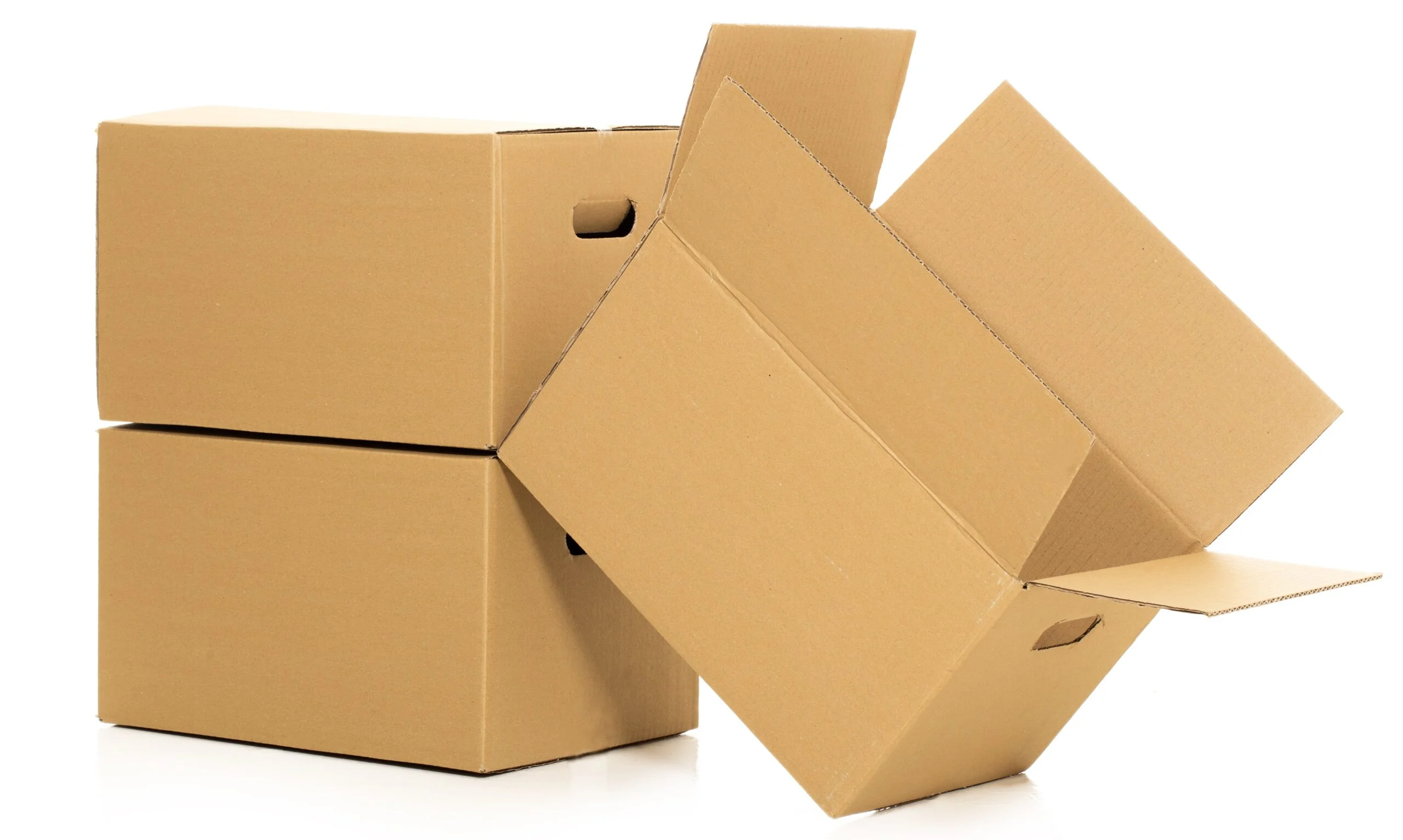
Corrugated Shipping Boxes Are Transforming The Packaging Industry. Material selection is critical to guaranteeing product safety and presentation in today’s fast-paced packaging industry. Despite the
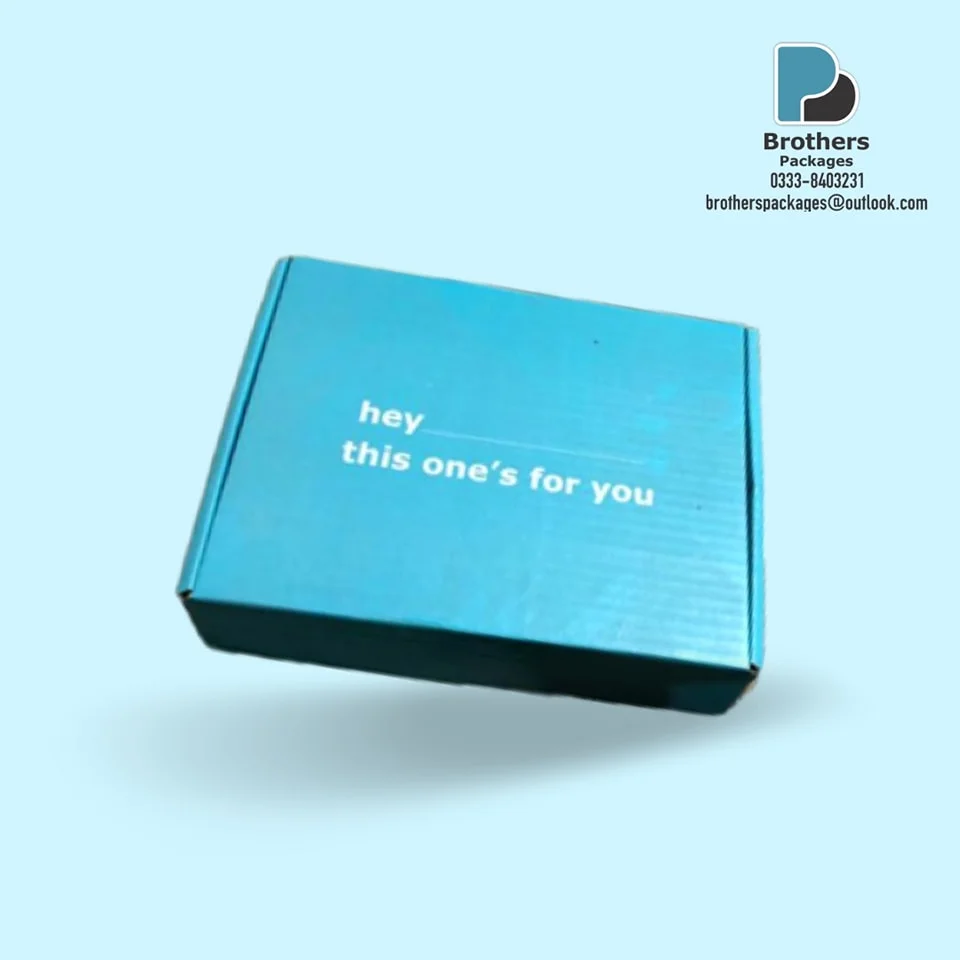
Four Essential Guidelines for Enhancing the Unboxing Experience from Brothers Packages Critical to determining consumer satisfaction in the era of e-commerce is the unboxing experience.

A Study Of The Most Recent Developments In Optimizing Product Packaging Since its inception, packaging has undergone significant development, progressing from basic containers to a
WhatsApp us